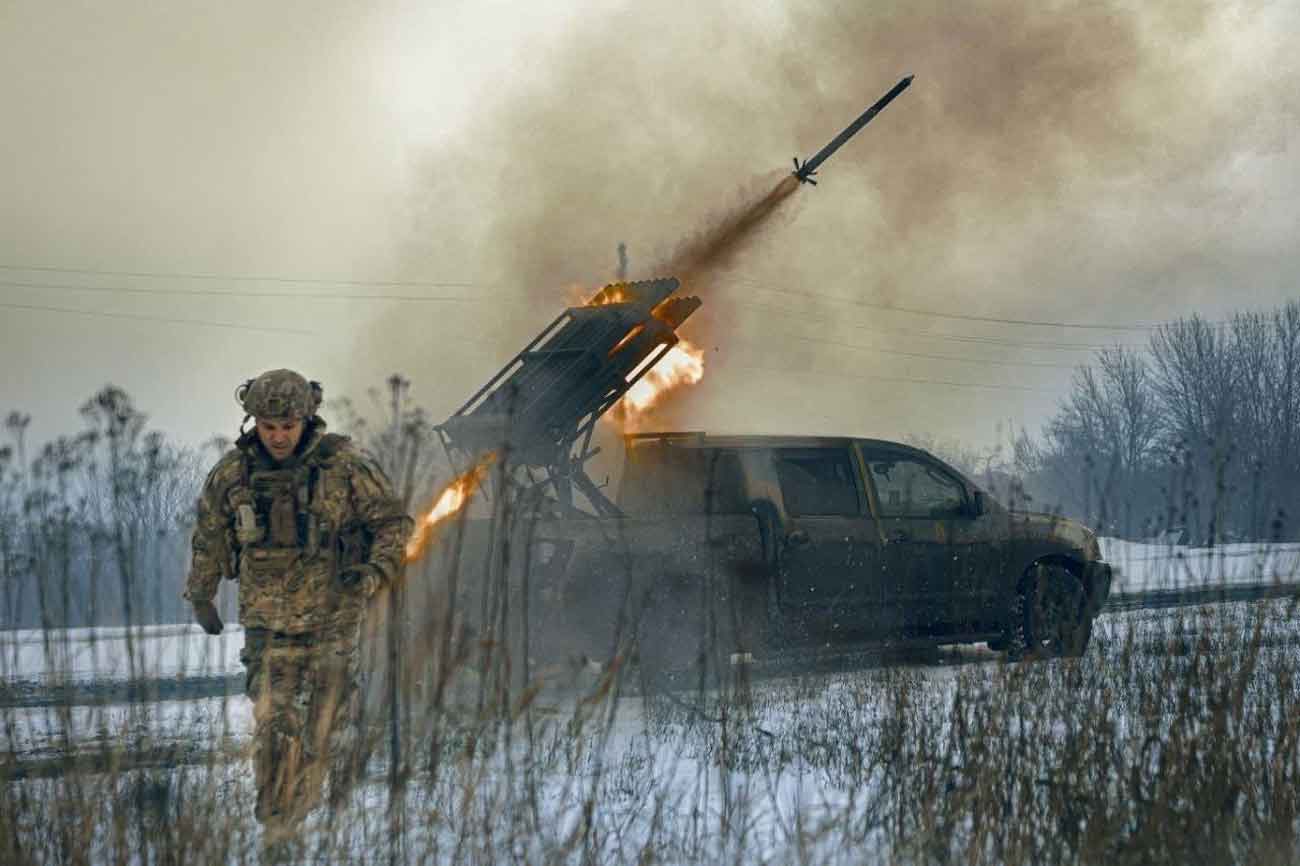The war in Ukraine could potentially last until 2025 says Fitch Solutions
When is the war in Ukraine likely to end? According to Fitch Solutions, both sides have enough resources to sustain fighting for another two years.
Anita Hawser
26 February 2023

There is potential for the war in Ukraine to last until 2025, with both sides having sufficient resources (financial, weaponry and personnel) to sustain fighting for another two years, according to Fitch Solutions’ analysts.
“We look at financial means, weaponry supply, and personnel and based on that we don’t think either side will run out of resources,” said Cassia Scott-Jones, Europe Country Risk Analyst at Fitch Solutions speaking at a webinar, Russia and Ukraine: A Year On, held on the one-year anniversary of Russia’s invasion of Ukraine. But while the war could last another two years, Scott-Jones says the current pace of the war is unsustainable, so we could see it slacken over time. “The most likely outcome for the war this year,” says Scott-Jones, “is continued fighting characterised by high losses and seesaw battles.”
Given the heavy losses suffered by Russian forces, Fitch Solutions says another Russian ‘mobilisation’ in the spring seems likely, which could be conducted discreetly via recruitment in prisons, or more openly given that most Russians (74%) still support the war in Ukraine. However, it says the expansion of Russian armed forces is likely to exacerbate labour market tightness and pressure inflation, potentially forcing Russia’s central bank to hike interest rates further.
While the pledge of tanks from western countries reflects the transition to providing Ukraine with offensive rather than defensive weapons, analysts believe neither side has adequate resources to overwhelm the other, making a protracted conflict the most likely outcome.
“What we’re seeing in Bakhmut is close to World War I levels of attrition, with roughly 800 casualties a day on the Russian side,” says Scott-Jones. “That is one of the reasons why we don’t see a Russian victory on the horizon. Russia is making small gains across several fronts, but that is coming at an extremely high cost, and there is the potential for Russia to make the same mistakes, which enabled Ukraine to take back territory in the Autumn.”
Steadier Ukraine pushbacks as we saw in Kherson are still possible, says Scott-Jones, but Ukraine has suffered its own losses and NATO partners are sounding alarm bells about the unsustainable expenditure of artillery. Fitch estimates that Ukraine is burning through 6,000 artillery shells a day, while the US can only produce 15,000 a month. “There are plans to ramp up production, but that will take several months,” says Scott-Jones. “On the Russian side, they were using 60,000 shells a day. They’re now down to 20,000.
With both Russia and Ukraine planning offensives over the coming months, Yoel Sano, Yoel Sano, head of Global Political Risk at Fitch Solutions says there are some potential scenarios of an accidental nature that could see the war escalate. “A stray Russian missile could overshoot and land in a neighbouring country that is a member of NATO, such as Poland or Romania, or there could be some collision in some unrelated part of Europe, between NATO and Russian aircraft or naval vessels at sea.
“There’s also potentially, the risk of some sort of deliberate escalatory move,” says Sano. “For example, let’s say that Russia decides to test NATO’s resolve by deliberately striking an area on the border between Ukraine and one of its neighbours where NATO is supplying weapons into Ukraine. It could be a very limited strike, which is portrayed as accidental, something along the line of probing actions, which could trigger a disproportionate response.”
There are also flashpoints in the vicinity of Ukraine, in Moldova for example, which Sano says has been torn between pro-Russian and Western political forces for many years. It could be further destabilised and the separatist region of Moldova, called Transnistria is a flashpoint that could potentially flare up.
“The more the war goes on, and the more Western weapons that are supplied, there may be a need for Western troops to be eventually deployed inside Ukraine to train Ukrainian soldiers,” says Sano, adding that this is not very likely, but it cannot be ruled out
Whether the conflict is likely to move towards peace or victory through war, Scott-Jones says it would be politically untenable for any Ukrainian leader to accept a peace deal that allows Russia to take anything from the war, even the recognition of Crimea. “From a Russian perspective, Putin has to leave the war with more than he started with,” she says. “His political survival depends on it. So, there is little possibility of any compromise.”